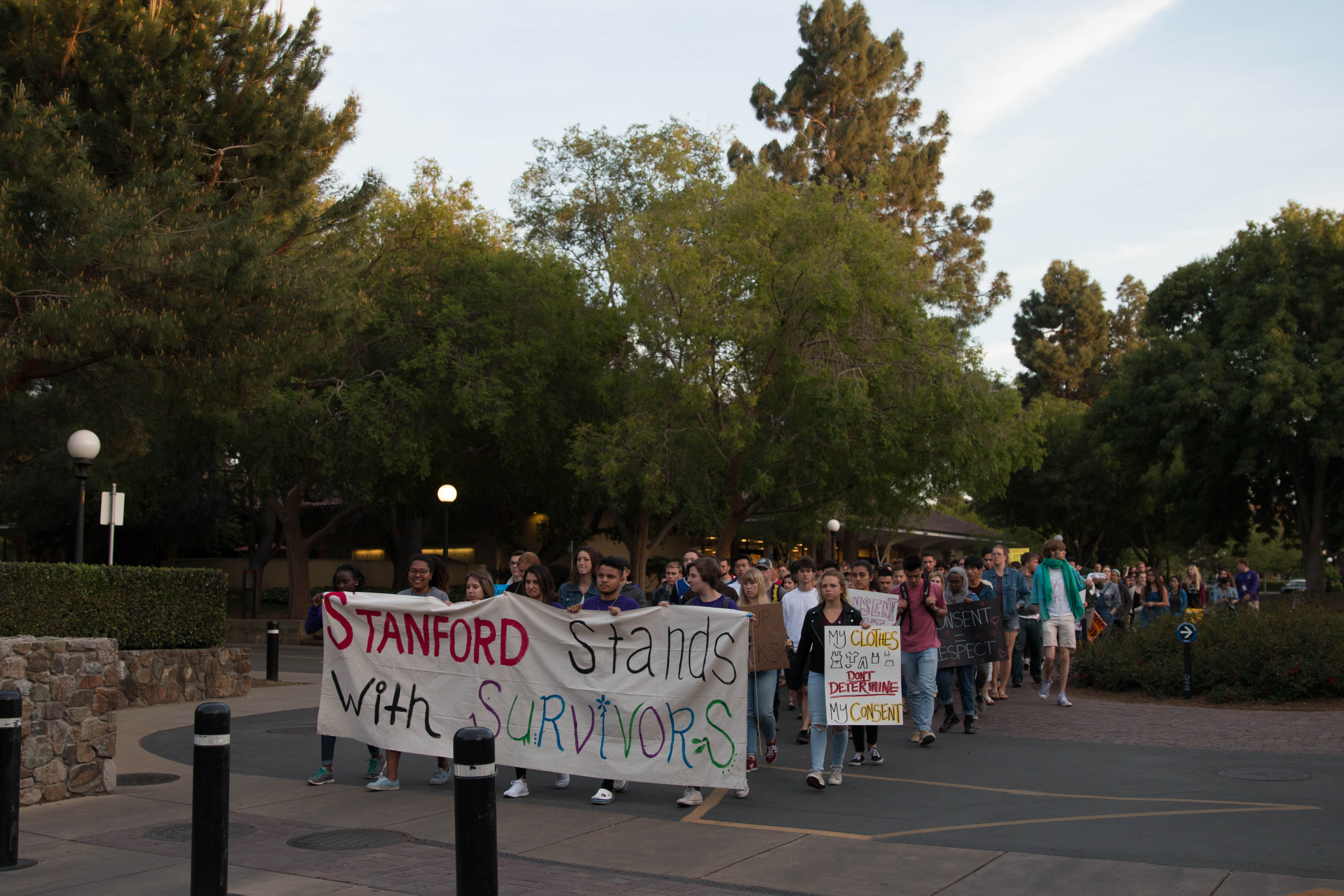12 events and countless social media posts later, the first-ever virtual rendition of Sexual Assault Awareness Month at Stanford has come to an end. Leadership at the University’s Sexual Assault and Relationship Abuse Education and Response (SARA) Office, which put on the event, has hailed it as a success.
“This virtual SAAM exceeded our expectations, especially when considering the limited time we had to shift the programs and outreach to a virtual platform,” said SARA Education and Outreach Specialist Nadia Kalley. “We are incredibly lucky to have such a strategic, dedicated, and creative team who were able to make this SAAM engaging and impactful for our various campus communities.”
The month-long awareness campaign served hundreds of attendees, including the more than 370 who attended the biggest events of the month: Denim Day and Take Back the Night (TBTN), according to SARA staff. Students also took to Instagram, Twitter and the SAAM at Stanford website to express their support for survivors.
SAAM at Stanford’s official website, launched specifically for this year’s online version of the initiative, will continue to collect stories from those impacted by sexual violence for the rest of the academic year, according to SARA Assistant Director Grace Poon Ghaffari.
“Due to the success of the website as a virtual interactive platform and a cohesive way to publicize SAAM programs and initiatives, we also aim to use this website to engage and promote our SAAM efforts for years to come,” Ghaffari said.
On Denim Day, which was April 29 this year, individuals typically wear denim to raise awareness of rape and sexual assault. But with Santa Clara County under a shelter-in-place order, students, staff and faculty used social media and email — in addition to attending SARA’s online webinar — to showcase their support for survivors.
“Unsurprisingly, this was our most active year of social media participation yet,” said SARA Director Carley Flanery. “Folks not only posted images of themselves in denim clothing; they shared the reasons it was important for them to participate in Denim Day.”
TBTN, the event that wrapped up the month, typically consists of a rally and “relies heavily on emotional vulnerability and physical community,” said SARA Student Staff Member Anna Sofranek ’22.
“We had to take a more creative approach when designing TBTN for a remote world,” Sofranek said. “While we couldn’t host a physical rally this year, we have some powerful videos from our rally speakers.”
The event also included an introductory component — held before the official TBTN livestream — for members of the Stanford community to learn more about SAAM, to support those impacted by sexual violence and to speak about steps to take moving forward. Survivors were also able to share their stories through text, photos and other media to be compiled in a visual gallery.
“Even though TBTN looked a lot different this year, we hope the visual gallery, rally speeches and live events helped elicit the same feelings of empowerment, support for survivors and education,” Sofranek said.
Contact Camryn Pak at cpak23 ‘at’ stanford.edu.
